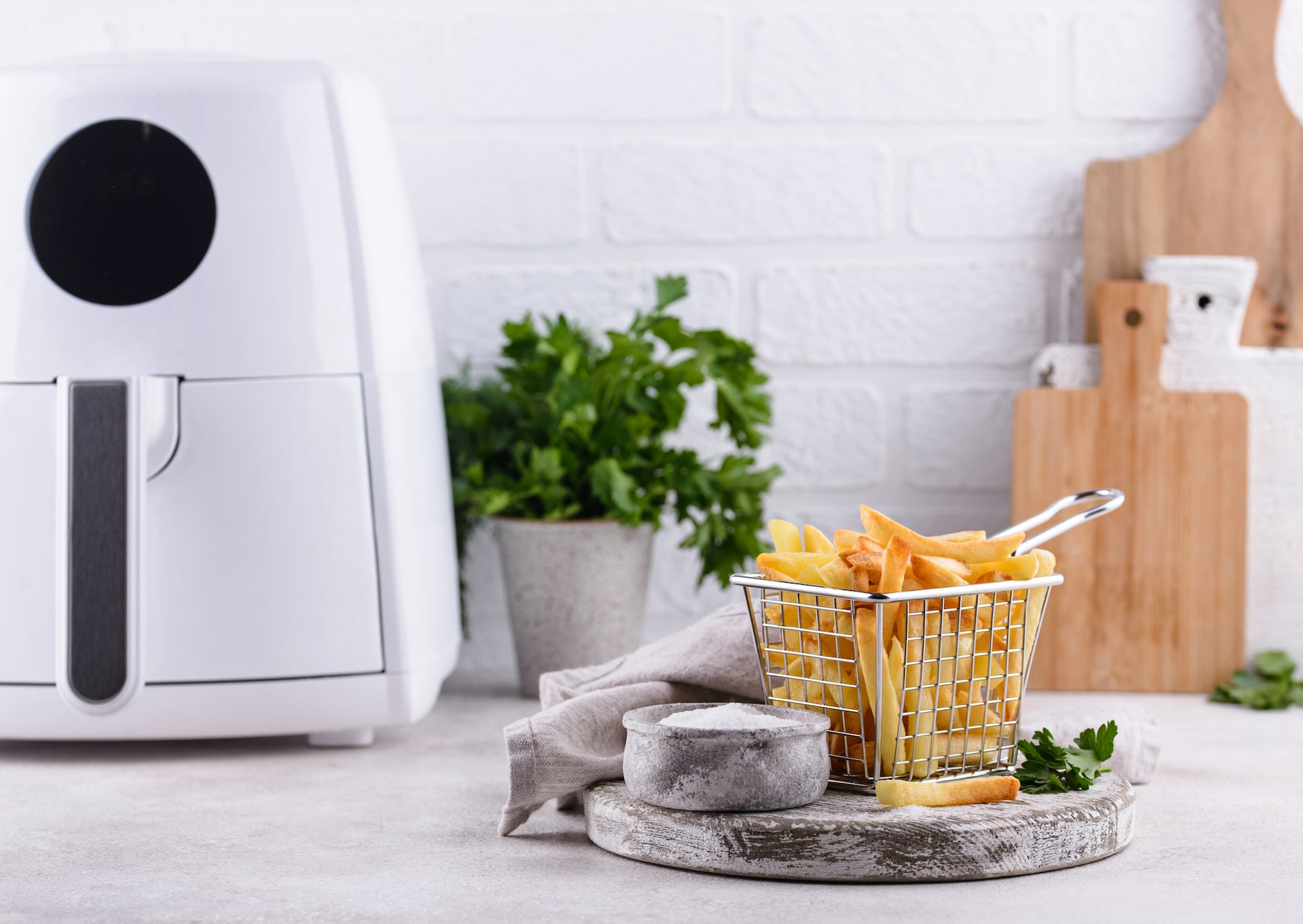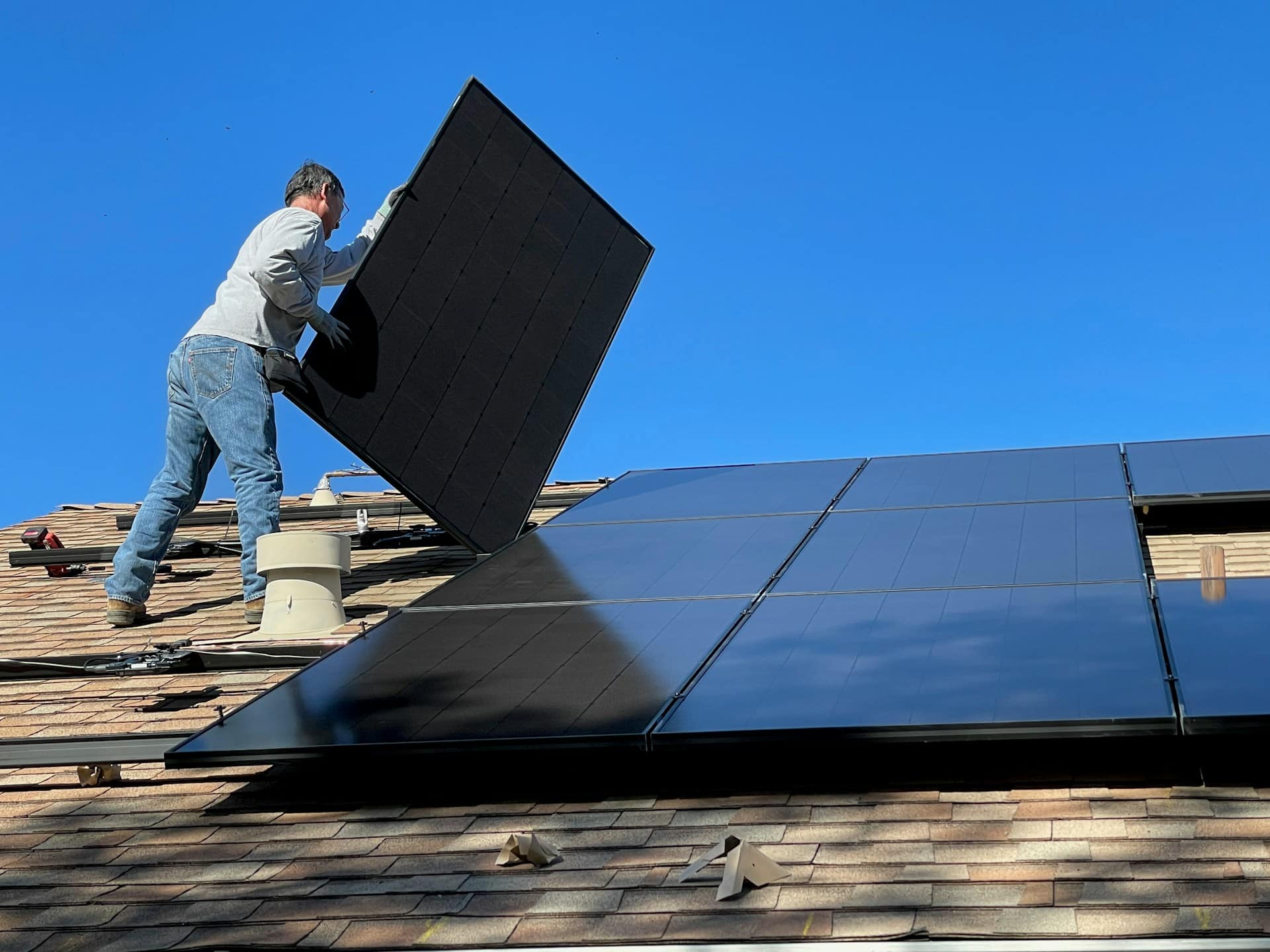This article may contain affiliate links. We may receive a commission for purchases made through these links. Privacy Policy.
Can you believe in 1984 only 8.2 percent of households had computers or access to the internet?
Technology drives our world today and will continue to drive it for years to come. In general, advancements in technology means our lives get easier.
The internet has changed everything since the ’90s.
The ability to access information so quickly has changed completely from shopping to entertainment to the workforce to simple everyday tasks. We rely on the internet for nearly everything today.
In the ‘90s people could barely explain what the internet was or how it helped you.
It was pretty foreign in the beginning. The thought of accessing your email, surfing the web or communicating with your friends was definitely not at the forefront of anyone’s mind. Not to mention it was expensive and painfully slow!
Dial-up internet was the only internet, which required the use of a phone line. This meant anyone calling your house could kick you off the internet at any time. Does this ring a bell?
Pretty much everything about technology has changed our lives since the ‘90s, and we can mainly thank the internet for that. Most of the change has been for the better, but at times, we get nostalgic about how simple life used to be.
Entertainment
How we access entertainment is one of the biggest changes from the ‘90s.
You no longer have to gather around at 7 pm to watch your favorite sitcom. You don’t even have to be home now to catch up on your favorite shows.
Bulky Box to Flat Screen TV

Remember the box you had as a TV back in the ‘90s?
They were heavy and bulky, and the color was never great because they used analog signals through antennas. But, the ‘90s sure did have some great TV shows we couldn’t wait to watch once a week.
Fast forward to today and our TVs are flat screen, lightweight, smart and stream in 4K and leaps and bounds better than the box we used to gather in front of to watch television. Plus we don’t have to fuss with antenna’s to try and get great picture quality, thank you digital technology.
VHS to Netflix
In the ’90s we all coveted our VHS tapes. It was hard to let those precious plastic boxes out of our sight.
They were sacred to us, and we prided ourselves on the stacks and collections our families had.
Some of the longer moves like Titanic or Lord of the Rings had 3 VHS tapes, which meant you had to change them throughout the movie.
Long live the days of going to Blockbuster on Friday night to get a movie to watch.
Kids today will never know what home entertainment used to be like back in the ‘90s. Also, we can’t forget someone was employed to sit and rewind VHS tapes once they were returned, what a fantastic gig.
TV’s don’t even come with VHS inputs anymore because our TV’s are a lot smarter now.
Netflix, Hulu, Amazon Prime Video and Youtube make it easy to binge-watch our favorite shows and we couldn’t be happier about this convenience.
You can even watch those shows from the ‘90s you loved on these streaming services.
Super Nintendo to VR

From Super Mario World to Zelda and Donkey Kong, we loved it all. Super Nintendo was just as addicting as games today.
But what we don’t miss is blowing the dust out of those rectangular grey boxes when there was a glitch in the game. We also don’t miss how much room all these games took up.
Whether you stored them in a tray, plastic box covers or on the floor in your bedroom they took up space, and a lot of it.
Today we have virtual reality games that have taken gaming to another level. VR games have been known to cause some issues with people being able to grasp what is real and what is part of the game.
At least with Super Nintendo, we never had to worry about real memory issues. But, gaming on the go is pretty nice too.
Library Books to Ebooks and Podcasts
There are few things better than getting lost in a story. Many people love to relax with a good book, especially when on vacation. It used to be that you would have to carry your physical books around with you, which could be tedious at times, depending on how many you had and the thickness of the books.
The ebook changed all that. With devices such as the Amazon Kindle, people can now carry thousands of books with them on a single device. Many people prefer the convenience of being able to read a book whenever and wherever they want on their devices.
Ebooks are also environmentally friendly as they do not require paper production. There are still plenty of people who enjoy reading physical books, but the ebook is here to stay.
Podcasts have also risen as a popular form of entertainment. Listeners can choose from many apps to stream podcasts on any topic imaginable. They can listen to interviews with their favorite entertainers and influential people, as well as podcasts that discuss specific topics in pop culture.
Podcasts have become a great way for people to learn and connect with others. Many podcasters listen to feedback from their listeners and engage with them on social media. While in the ‘90s, people would only be able to listen, read or watch about these topics now they can truly engage with topics that interest them.
These social interactions are not without their drawbacks. There have been instances of podcasters being bullied on social media. Some have even ended their podcasts over backlash from their audience.
Communication
Communication has become instantaneous with the advancements in technology. From the internet to the cell phone everyone is reachable all the time.
This can be great, but it also can be quite annoying. In the ‘90s when you left work at 5 pm, you were done for the day, you didn’t bring home a laptop or a cell phone that had your company’s email, slack channel and Skype applications downloaded so anyone could ping you at any time.
Today people have to conscious disconnect, which is a lot harder than it sounds.
No Cell Phones to Smart Phones
Cell phones were scarce in the ‘90s. The first cell phone came out in 1973, but it was massive and the technology took a while to get into the hands of the public.
The first digital cellular network wasn’t established until 1991, and 3G didn’t come out until 2001. Kids were able to play with their friends at the park and no one could get in touch with them; they just knew they had to be home by dinner.
People weren’t glued to their phones at all times. Now, you feel naked if you don’t have your phone on you.
Studies have shown we might be growing an extra bone because of all of our phone usage. Posture and face to face communication suffer from the advancements within the cellular realm.
But boy, is it nice to be able to Google where the closest Burger King is when we are on the road and get hangry.
AIM to Social Media
Kids don’t even learn cursive in school anymore. In the ‘90s you had to write your crush a letter, ask your friend to talk to them or god forbid talk to them in person. Because more than likely, you didn’t have the internet yet.
But, if you did, you have AIM (AOL instant messenger). You left messages for the few friends you had online and chatted with them until the phone rang and you suddenly got kicked off the internet.
Now we had endless forms of social media that allow us to communicate constantly.
We interact with friends and strangers on various platforms. Most kids these days use Snapchat more than anything. It’s a one-stop-shop to check the weather, catch up on some news and send a picture of you with cat ears out for the world to see.
Kids aren’t the only ones who use social media. Businesses rely on social media for marketing, selling and overall awareness. Instagrams now pushes 1 ad for every 4 posts you see, which makes sense because there are over 1 billion active monthly users.
Communicating is a lot quicker these days because of the advancements in technology, but are we struggling with how to interact with people face to face because of it?
Smart Devices
The 1990s saw the beginning of cell phones becoming more affordable for the average person. The phones were fairly simple with the ability to call and limited texting capabilities. The phones had a few simple games, and over time having a personalized ringtone was seen as the best thing one could have.
When Apple launched the iPhone, it began the smartphone revolution. People could not use their phone as a camera, computer, as well as a way to communicate with others. With apps for all types of activities, smart devices have become the wave of the future.
Now most everyone has a smartphone, tablet, or another smart device. We now even had smart TVs where Alexa will turn the TV on for us and find our favorite shows. Smart technology has improved our lives in ways we could not have dreamed of twenty years ago.
This advent of smart technology is not without its detractors. Many people worry about our dependence on technology and what the repercussions would be should a disaster take away such technology. There is also the image of people out with their faces in their phones instead of socializing, which is becoming all too familiar. Our social skills and interactions are changing with our dependence on technology to communicate.
Related: How to Build a Smart Home with Alexa in 2020
Shopping

Long live the days of mall rats and the Orange Julius sugar rush.
In the ‘90s, everyone hung out at the mall. People have been congregating at malls since they came out in the ‘50s, but now you’ll struggle to find a mall that is full of stores. Thanks to the internet, most malls are dying off or look like ghost towns if they still exist.
2 Day Shipping
Amazon really changed the game when it comes to shopping. You can get everything on Amazon and with their guaranteed 2-day shipping, it’s extremely convenient. Now, depending on where you live you can get same-day delivery.
You don’t have to see anyone or talk to anyone and whatever you ordered will be waiting for you on your doorstep when you get home from work.
You can order pretty much everything online these days and it will get to you within the week.
Consumerism has never been easier.
Food Delivery
In the ‘90s you could get pizza delivered, but that was about it. Now, it would be hard to find a type of food you can’t get delivered. With services like Door Dash, GoPuff, Drizzly and more, you can get pretty much anything you can imagine delivered to your doorstep within the hour.
You can even get your groceries delivered. In today’s world, you could never step foot in a grocery store again if you didn’t want to thanks to the advancements in technology.
The convenience of accessing food is incredibly easy and allows you to embrace maximum laziness.
Technology changes at a rapid pace and will continue to change our lives daily.
Transportation
Back in the ‘90s, people had only one option when trying to get a ride. Calling a cab company or flagging one down was the only option when public transportation was not available.
There were many issues with this system. Customers had difficulties getting a hold of the cab companies, especially during busy times. There was also the issue of drivers being off duty, or not willing to drive the customer where they wanted to go. Customers could also find themselves in a bind if they did not have the money to pay the driver.
Uber and Lyft have revolutionized this system.
Now people can sign up for the app, and with the push of a button and GPS, they can find a ride. And also, customers can see the cost of the trip before they accept the driver. These services are often cheaper than cabs and have become more popular since it is fairly easy to find a ride at any time of day.
These rideshare services also allow for regular people to make extra income. Using their personal vehicles, they can choose their own hours and make some extra money in the process.
They also have the opportunity to meet other people in their community and people visiting their hometowns. Some areas have also seen a lowering in drunk driving instances with people choosing to use these services.
With all of the positives, there are a few drawbacks.
Taxi companies have taken a blow with this cheaper, more reliable service. Surge pricing, where the cost for a ride may increase depending on the date or time, has also fallen under criticism.
Safety has also been a concern, with some tragic instances happening with the wrong people providing rides. These services have taken strides to make their services safer and more cost-effective for their customers.
Scooters
Relatively new technology is the use of e-scooters and scooter-sharing services. E-scooters are much like the classic razor scooters, except that they are battery operated. Many major cities have developed scooter-sharing services for people to get around short distances easily.
The sharing services often require customers to use an app and credit card information to rent the scooters. The scooters do not have to be docked anywhere, as other customers may use them and GPS allows for companies to locate and pick them up.
The new technology and industry are not without their problems.
There are concerns for customer privacy if the systems were hacked, or if a customer did not properly end their session when done with the scooter. There have also been instances of customers not following right of way laws, causing injuries and fatalities.
Many locations are working on solutions to the problems with e-scooters. Having lanes much like for bikes as well as limiting how many companies can operate in a given city are being put into place. While scooters are a great way to be environmentally friendly, there are still a few kinks to be worked out.
Booking Travel
When people wanted to travel in the 1990s, it was a bit of a hassle.
You had to contact the airport, hotels, and car rental companies separately over the phone or in person. Most travelers visited travel agencies to make things a bit easier.
Today, many websites allow people to book travel in a matter of minutes. Travelers can book hotels, airfare, and car rentals all at once with sites like Expedia. People can visit the websites of hotels in their destination to find the best deals for them quickly and affordably.
Services such as Airbnb have also revolutionized travel. Travelers can now rent a person’s home, apartment, or even just a guest room for a much lower cost. They may even have the owner of the property as their own tour guide. While there have been some concerns and regulation issues with this service, many people have been able to make an extra income providing this service to travelers.
A lot of the times it’s for the better, but sometimes it would be nice to go back to simpler days where we weren’t glued to our cell phones or constantly in front of a screen.
Recognizing when you need to step away from technology and practice mindfulness is important to keep in the back of your head. It’s a challenge we all face daily, and recognizing how to overcome a world driven by technology and relax without it is equally as important as embracing it.
Christine Devereaux Evangelista
view postChristine Devereaux Evangelista
Christine Devereaux Evangelista is the Editorial Director for ChatterSource. In her free time, she enjoys volunteering, arts & crafts, baking and binge-watching crime dramas. She lives in Denver, CO with her husband, Darin and Goldendoodle, Walter.
view post






